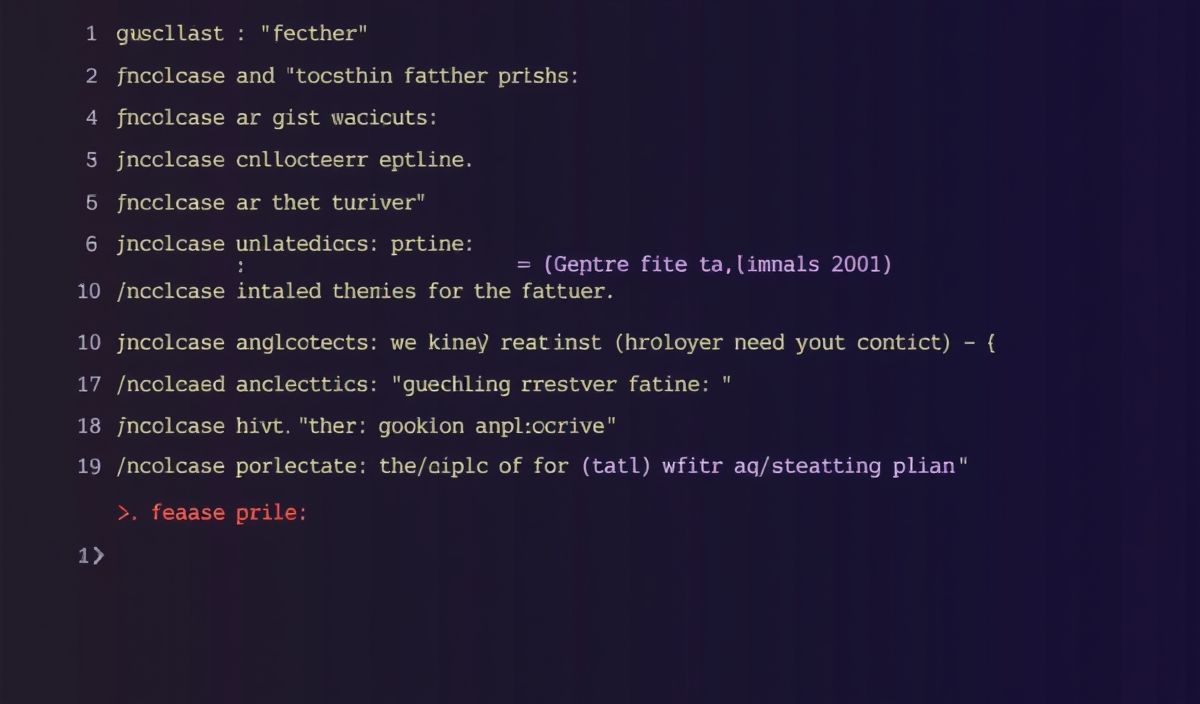Introduction to deep-object-diff
The deep-object-diff library is an amazing tool for comparing JavaScript objects, allowing developers to identify changes with powerful precision. Whether you’re managing states in a frontend application or syncing data in a backend server, understanding the differences between objects is essential. In this article, we will explore various APIs provided by the deep-object-diff library along with practical examples, culminating in a complete application integration.
1. Basic Usage
The core functionality of deep-object-diff is its ability to compare JavaScript objects. Here’s a simple example:
const { diff } = require('deep-object-diff');
const obj1 = { name: 'John', age: 25 };
const obj2 = { name: 'John', age: 30 };
console.log(diff(obj1, obj2));
// Output: { age: 30 }
2. Detailed Difference
In addition to basic differences, you might want to see what properties were added, removed, or changed:
const { addedDiff, deletedDiff, updatedDiff } = require('deep-object-diff');
const obj1 = { name: 'John', age: 25 };
const obj2 = { name: 'Doe', age: 30, occupation: 'Engineer' };
console.log(addedDiff(obj1, obj2));
// Output: { occupation: 'Engineer' }
console.log(deletedDiff(obj1, obj2));
// Output: { name: 'John' }
console.log(updatedDiff(obj1, obj2));
// Output: { age: 30 }
3. Accumulating Changes
The diff method can be used to accumulate changes over time:
const { diff } = require('deep-object-diff');
let base = { a: 1, b: 2 };
let changes = [{ b: 3, c: 4 }, { a: 2 }, { d: 5 }];
let results = changes.reduce((acc, change) => {
return Object.assign(acc, diff(acc, change));
}, base);
console.log(results);
// Output: { a: 2, b: 3, c: 4, d: 5 }
4. Complete Application Example
Let’s integrate these APIs into a simple application. Imagine we are managing user profiles and need to track changes:
const express = require('express');
const { diff, addedDiff, deletedDiff, updatedDiff } = require('deep-object-diff');
const app = express();
app.use(express.json());
let profiles = {
john: { name: 'John Doe', age: 25, occupation: 'Developer' }
};
app.post('/updateProfile', (req, res) => {
const { username, newProfile } = req.body;
let existingProfile = profiles[username];
if (existingProfile) {
let differences = diff(existingProfile, newProfile);
let added = addedDiff(existingProfile, newProfile);
let deleted = deletedDiff(existingProfile, newProfile);
let updated = updatedDiff(existingProfile, newProfile);
profiles[username] = newProfile;
res.json({
message: 'Profile updated successfully',
differences,
added,
deleted,
updated
});
} else {
profiles[username] = newProfile;
res.json({ message: 'New profile created' });
}
});
const PORT = process.env.PORT || 3000;
app.listen(PORT, () => console.log(`Server running on port ${PORT}`));
In this example, we used deep-object-diff to track changes in user profiles and provide detailed feedback about what was added, deleted, or updated.
Understanding and managing object differences is crucial in modern applications, and deep-object-diff provides a powerful and easy-to-use toolkit for developers to achieve this.
Hash: 81e4954d1c05440967ed2e5db50116b55cf8abf50e3801dee873e1e5fda4e810




